The African American roots of Jekyll Island run deep and trace back hundreds of years. Explore the lives of those that shaped the course of history and the progress they made possible, as told by Mosaic, Jekyll Island Museum.
The Wanderer
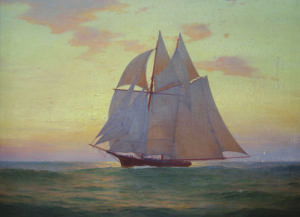
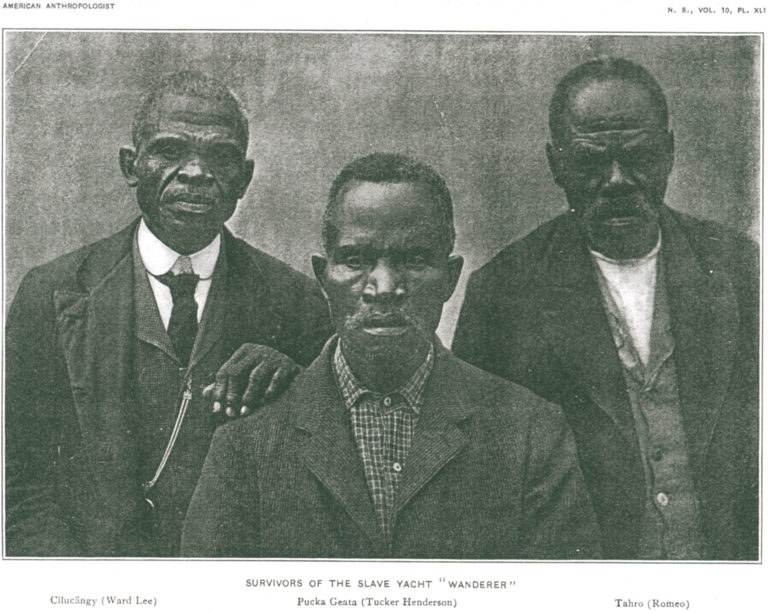
FROM 31•81, THE MAGAZINE OF JEKYLL ISLAND: VOL. 3 NO. 1
The Water and the Blood
"On November 28, 1858, more than 400 enslaved Africans arrived on the shores of Jekyll Island, leaving behind one deadly journey and beginning another. This is the story of Georgia’s last slave ship and its enduring legacy."
Clubhouse Under Construction
The Quarters
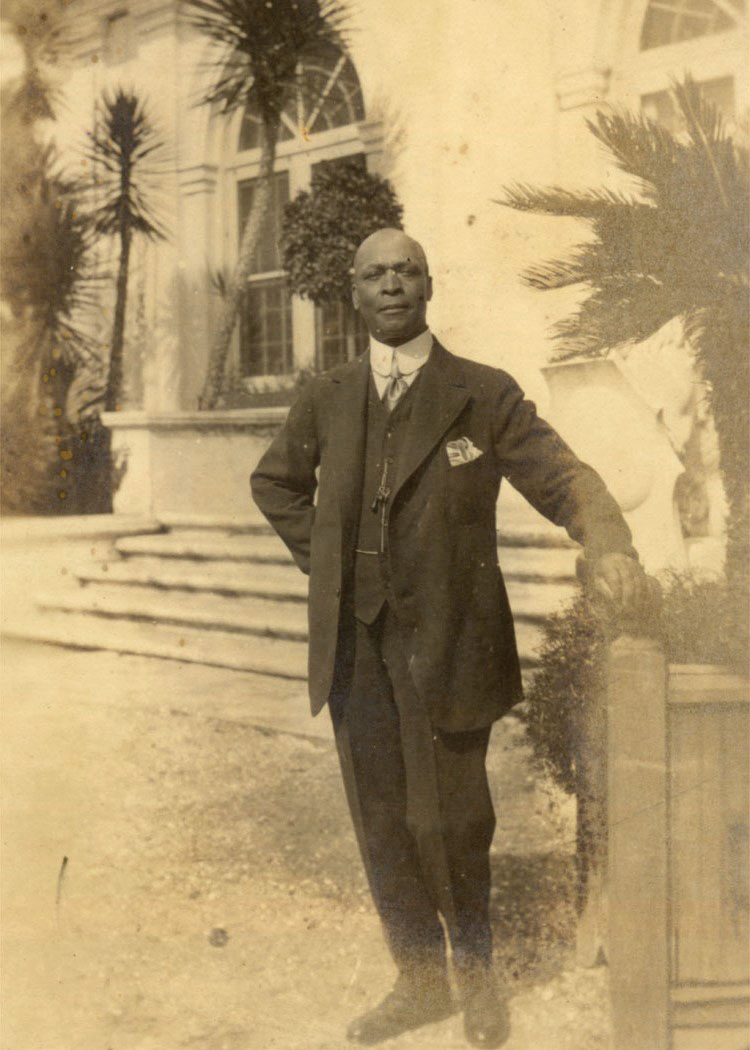
FROM 31•81, THE MAGAZINE OF JEKYLL ISLAND: VOL. 4 NO. 1
In the Service of Others
"Life was not easy for the workers of Jekyll Island. Their days were spent filling many different roles: maid, cook, chauffeur, valet, nurse, carpenter, and laborer, to name a few. Though it’s impossible to get a true feel for a typical day for the servants toiling in the shadows of the rich and famous—typical days did not exist in the Club Era—a patchwork of anecdotes passed down through generations of Jekyll residents paints a picture of these people who dedicated much of their lives to the service of others."
Charlie Hill
Anna Hill
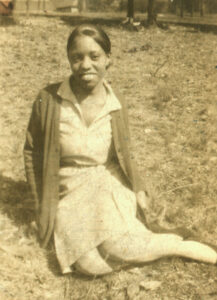
Union Chapel
Red Row
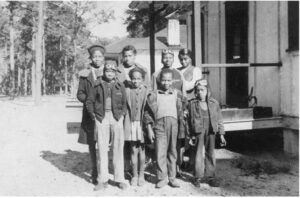
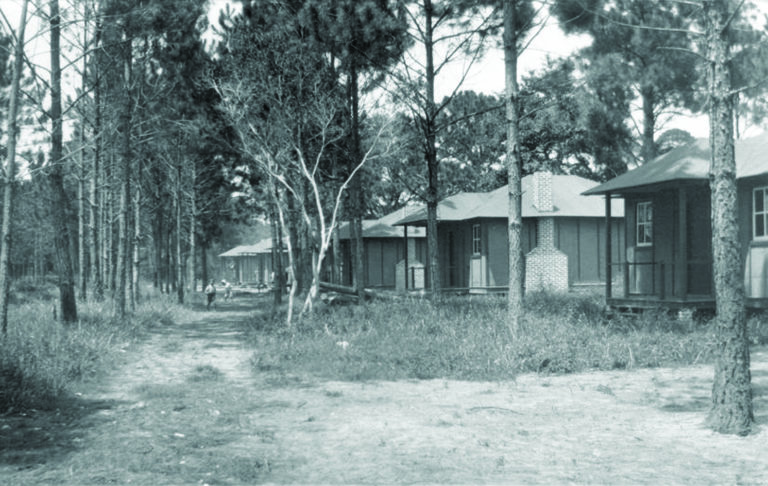
FROM 31•81, THE MAGAZINE OF JEKYLL ISLAND: VOL. 2 NO. 2
Lost Jekyll
"By World War I, the Jekyll Island Club had trouble holding on to black employees, many of whom left for better-paying jobs. To address this concern and to provide lodging, the club built Red Row: ten simple wooden houses that employees could lease for a fifty-cent dock in pay ($1 instead of $1.50 a day). The name came from the red material, Barrett’s Roofing Felt, that covered the roof and exterior of the homes."
Golf Caddies
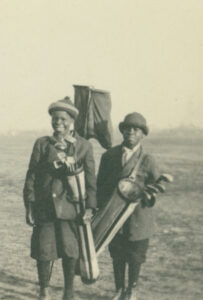
Jekyll Island Club Closes
Opens as a State Park
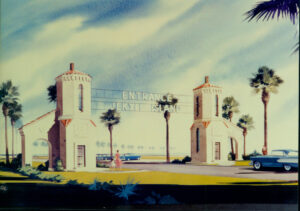
St. Andrews Beach Established
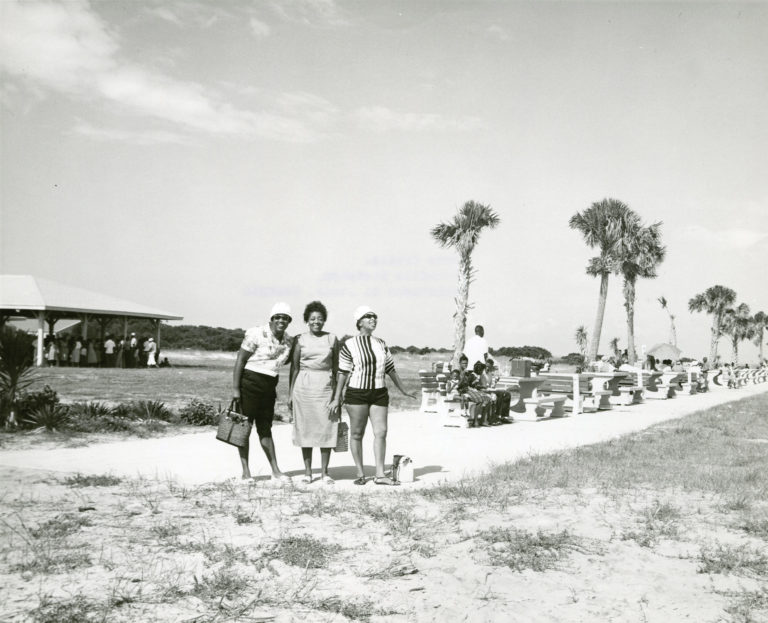
FROM 31•81, THE MAGAZINE OF JEKYLL ISLAND: VOL. 3 NO. 2
Open Water
"In 1948‚ Pittsburgh Post-Gazette reporter Roy Sprigle traveled undercover through the South to report on life under Jim Crow. Three thousand miles into his journey‚ he reached Brunswick‚ only to learn that “along all the hundred miles of Georgia’s coast line with its scores of beautiful island and shore beaches‚ there’s not a single foot where a Negro can stick a toe in salt water.” Indeed‚ the fine for swimming in the ocean was $50. Not long before Sprigle’s arrival‚ three young women were arrested for simply trying to swim at a Glynn County beach."
Historic St. Andrews Beach Pavilion
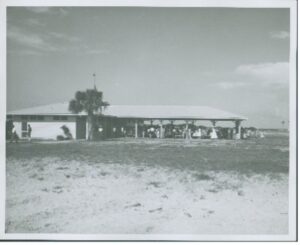
The Dolphin Club Lounge & Restaurant
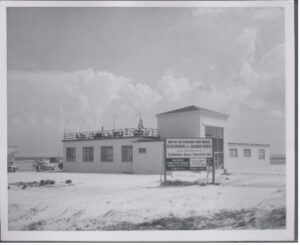
St. Andrews Auditorium
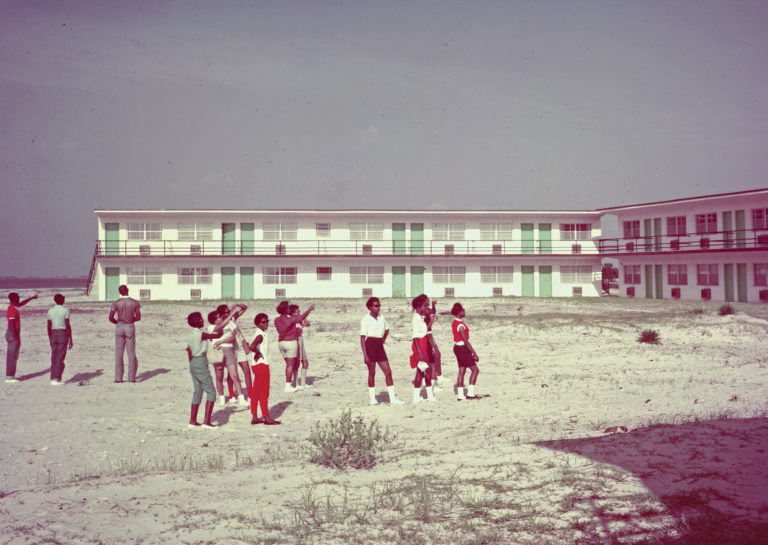
FROM 31•81, THE MAGAZINE OF JEKYLL ISLAND: VOL. 3 NO. 2
Welcome to Camp
"In the 1960s, it was a beach playground for black Americans. Then it became a place for children to learn about the teeming life on Georgia’s barrier islands. Now this well-trodden plot of land gets another makeover, as a state-of-the-art youth and learning center truly worthy of the name “camp."
Integration
Otis Redding
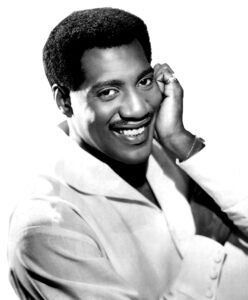
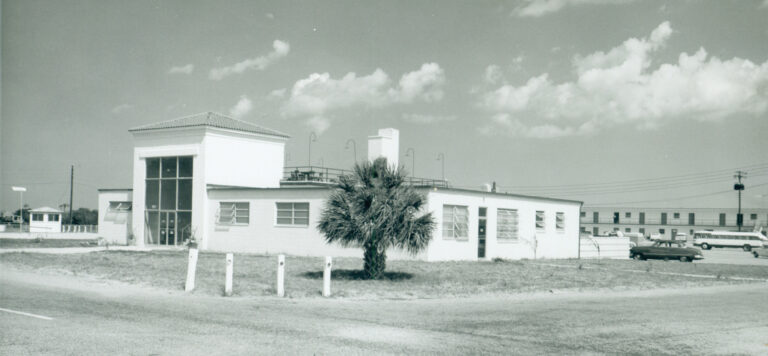
FROM 31•81, THE MAGAZINE OF JEKYLL ISLAND: VOL. 4 NO. 2
When B. B. and Otis Played Jekyll
"St. Andrews became more than a simple summer hangout, though. It also served as a regular stopover on the Chitlin’ Circuit, the informal name given to a series of venues, many in the South, where African-American musicians and entertainers performed to black crowds during the Jim Crow era. Local historians say blues great B.B. King and Georgia-born Otis Redding were among the national acts to perform at St. Andrews beach on the circuit."
The Wanderer Memorial
The Wanderer Memory Trail
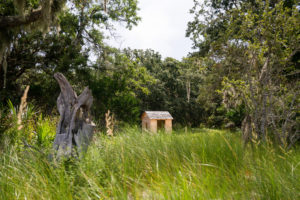
Mosaic Opens
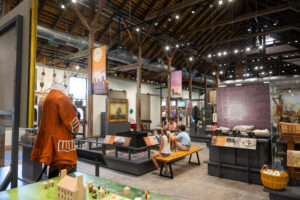
Step inside Jekyll's history.
Mosaic, Jekyll Island Museum, brings to life the rich history of this barrier island through compelling audio-visual experiences and interactive exhibits.